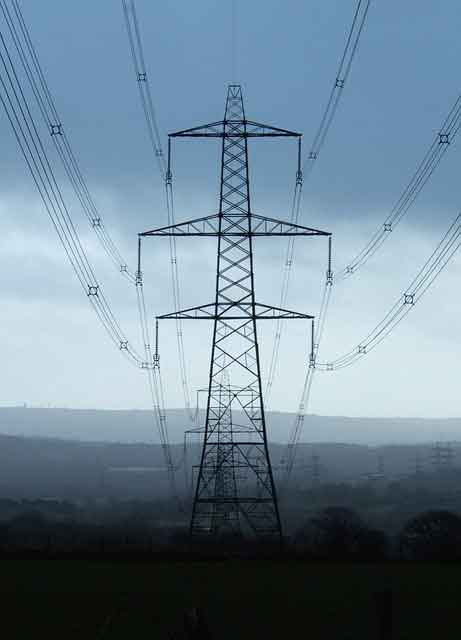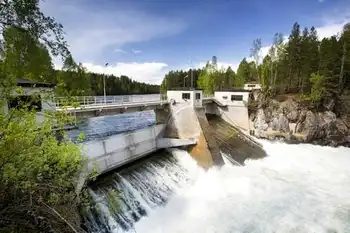Foot power to light up London by 2012
By Toronto Star
Arc Flash Training CSA Z462 - Electrical Safety Essentials
Our customized live online or in‑person group training can be delivered to your staff at your location.

- Live Online
- 6 hours Instructor-led
- Group Training Available
But when you add up every step taken in a city such as London, with millions on foot every day expending kinetic energy that could be converted and stored as electricity, that's a pretty significant source of power.
Pavegen systems, a London-based company, has developed technology that uses electricity produced from walking on specially designed pavement slabs to power street lights and subway stations.
The city of London has partnered with the company to do just that, with plans to have 16,000 of the green pavement slabs installed by summer 2012.
"So far we have done three test installations in central London," says Laurence Kemball-Cook, managing director of Pavegen. "We began talking with London Underground about five months ago and we'll be doing a test installation at a major tube station this summer."
That installation will feature the green Pavegen slabs covering an entire set of stairs. Kemball-Cook says the goal is to provide at least 25 per cent of the station's power from the pavement slabs. "But we're anticipating much larger increases in power output down the line."
The green slabs, covered with a layer of rubber recycled from old car tires, have a disc in the middle that glows when it's stepped on. Every time the disc is compressed the energy is converted into electricity stored in an internal battery with wires connecting it to a light source to transmit the electricity.
Slabs are placed in areas where at least 50,000 steps are taken every day. "We would like to put five slabs around every bus stop in London," says Kemball-Cook, explaining that's how many are needed to power the lights. "Currently the lights at the stops are wired directly to the grid." He says unused electricity stored in each slab's battery could easily be sent to the main electricity grid.
"We have done tests to power street lamps, bus stops, information displays and we have a test coming up at Gatwick airport. The city of London wants to be part of this new technology and demonstrate it to the rest of the world.
"If the test at the underground station goes well, hopefully all the tube stations will be powered by walking."
When the idea is put to Mark Bekkering, manager of implementation and support at the City of Toronto's Environment Office, there's no hesitation about testing the technology here.
"The short answer is, yes, of course the city would look into something like this.
"We're always interested in things that would reduce our carbon footprint."
Bekkering is quick to point out Toronto's leading-edge initiatives. "We were the first city in Canada to install a (solar panel) system (at Exhibition Place) and the windmill (turbine) at Exhibition Place was the first one installed within a large urban area. Both of those systems are still producing electricity.
"With the pavement slabs we would need the equivalent type of foot traffic as parts of London. I imagine at Union Station and Bloor and Yonge subway station we have that type of traffic, easily.
"It's an interesting idea."











